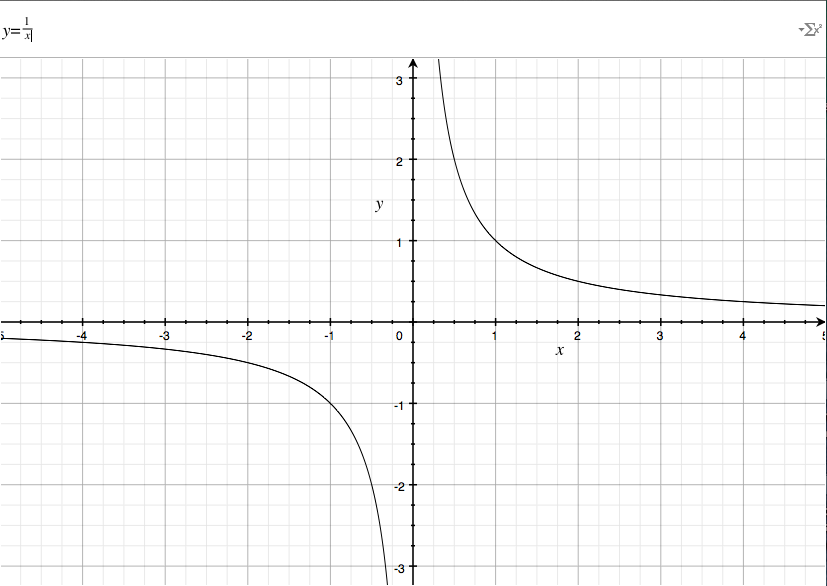What does discontinuity mean in math?
1 Answer
A function has a discontinuity if it isn't well-defined for a particular value (or values); there are 3 types of discontinuity: infinite, point, and jump.
Many common functions have one or several discontinuities. For instance, the function
Notice that there the curve does not cross at
In a similar way, the periodic function
![Graph made using the program Grapher on Mac OSX]
( )
)
Infinite discontinuities occur in rational functions when the denominator equals 0.
Point discontinuities occur where when you find a common factor between the numerator and denominator. For example,
has a point discontinuity at
Point discontinuities also occur when you create a piecewise function to remove a point. For example:
has a point discontinuity at
Jump discontinuities occur with piecewise or special functions. Examples are floor, ceiling, and fractional part.


